This primer to gluten free flours will help you navigate the world of gluten free baking.
What if you can't eat gluten? Whether you've been diagnosed with celiac disease, gluten intolerance, or you just know that you are better off without it, life without gluten might seem daunting. If you haven't already read it, my Start Here page will get you off on the right track.

Jump to:
Wheat, the primary source of gluten, is prevalent in our society. If you've looked at my list of foods and ingredients that contain gluten, you might think there's not much left to eat. In fact, when you eliminate all of the foods that contain gluten, your diet may look very different. Fortunately, there are lots of choices!
First, you'll need to make sure that your kitchen is a safe place to prepare gluten free food free from cross-contamination. There are a few ways you can do this.
To learn about the surprising sources of hidden gluten, get my Gluten List.
Gluten Free Flours
Not only can we have an abundance of delicious plant based and protein rich foods, but also there are numerous flours on the market that do not contain gluten.
I have lived gluten free for more than eight years. Let me tell you that I now eat better than I did before. While the food I eat might be different, it's superior in taste, texture, variety, and nutrition than the typical food I used to eat.

As you can see from the list below, the choices of gluten free flours are numerous. I recommend that you experiment a little and then stock the flours you like best in your pantry.
How to Use Gluten Free Flours
I do not know of any single gluten free flour that works great as a straight one-to-one substitute for wheat flour. You'll get the best results by using a combination of different flours. In many cases, you need to add a small amount of xanthan or guar gum to that combination to help the batter hold together and rise well.
Among the vast array of gluten free flours available, some are better suited to certain types of recipes than others. Therefore, certain combinations of flours work better than others, depending on what you're making. One flour blend might be great for cakes and cupcakes, while another one is well suited to pie pastry. One might be great for muffins, but another work best for brownies.
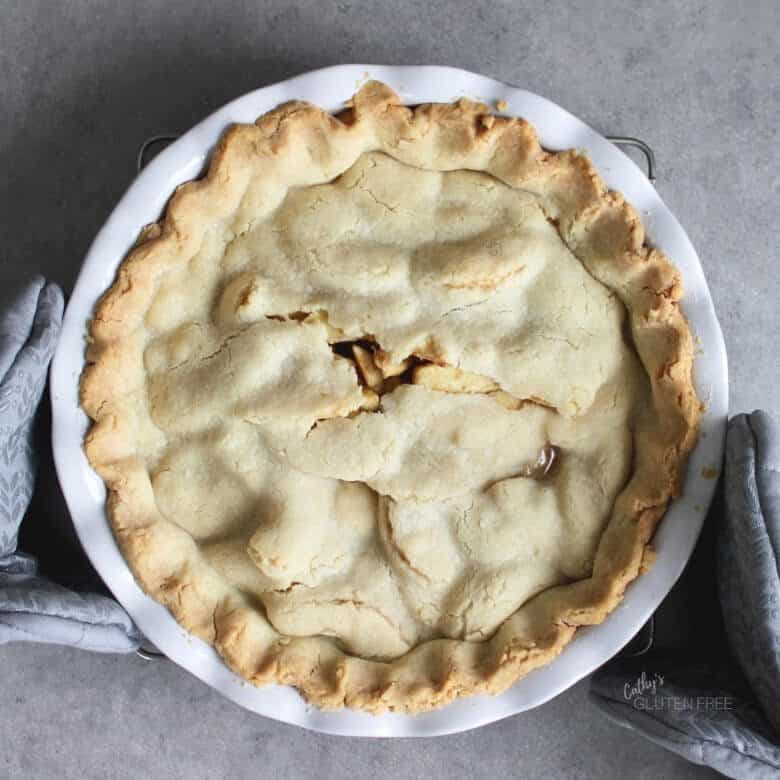
Best Results with Gluten Free Flours
This is why my recipes don't simply simply list gluten free all-purpose flour as an ingredient. If a large part of the batter is made up of this flour, a good gluten free blend might give one person a fabulous result, while an inappropriate blend might give mediocre to poor results to the next person who tries the recipe. If you've found a gluten free flour blend that you like for a certain recipe, then go for it! I will tell you which flours work best for each particular recipe on this website. If you like the recipe, and find that you'll be making it often, then by all means, save time by mixing up a large batch of the flour in the same ratios as used in the recipe. I even list the measurements for larger-batch flour mixtures in some of my recipes.
Here is an overview of the most commonly- (and maybe not so commonly-) available gluten free flours. I've organized them into the categories of Grains, Pseudograins, Starches, Nuts, Beans, and Other Flours.
GRAINS
Rice
Rice flour is available in brown, white, sweet white, and even sweet brown rice.
White rice flour is made from finely milled white rice. It has a smooth texture, neutral flavour, and is bright white in colour. It can generally substitute for wheat flour in cooking, but will need a little help from other flours for baking. It's good for baking into recipes in which you want the finished product to be very white.
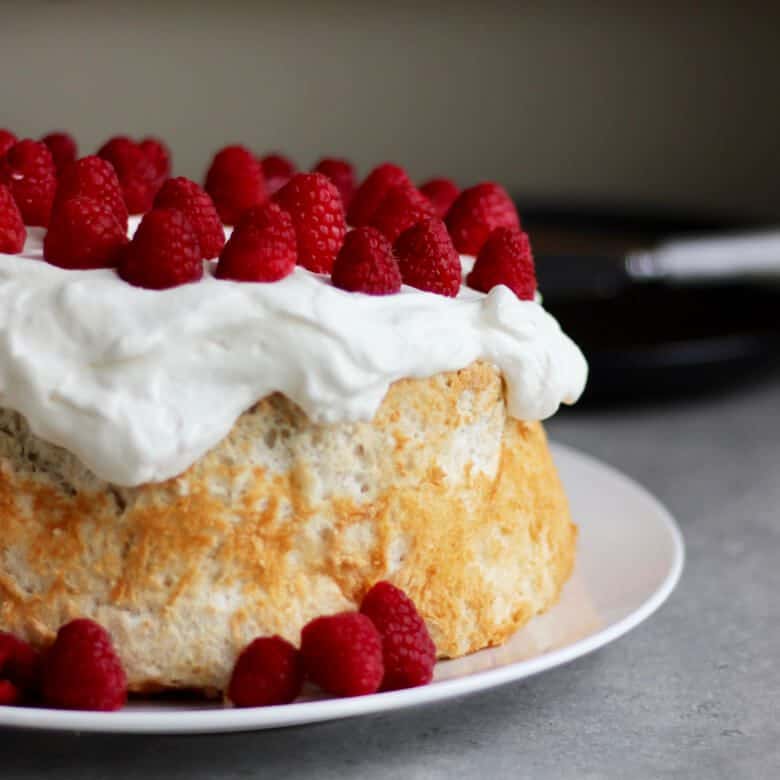
Brown rice flour is ground from brown rice, which still has the bran and germ attached. Therefore, it has a somewhat earthy or nutty flavour. It's suitable for cooking applications such a noodles, thickening sauces, or breading foods. It can also be combined with other flours for baking.
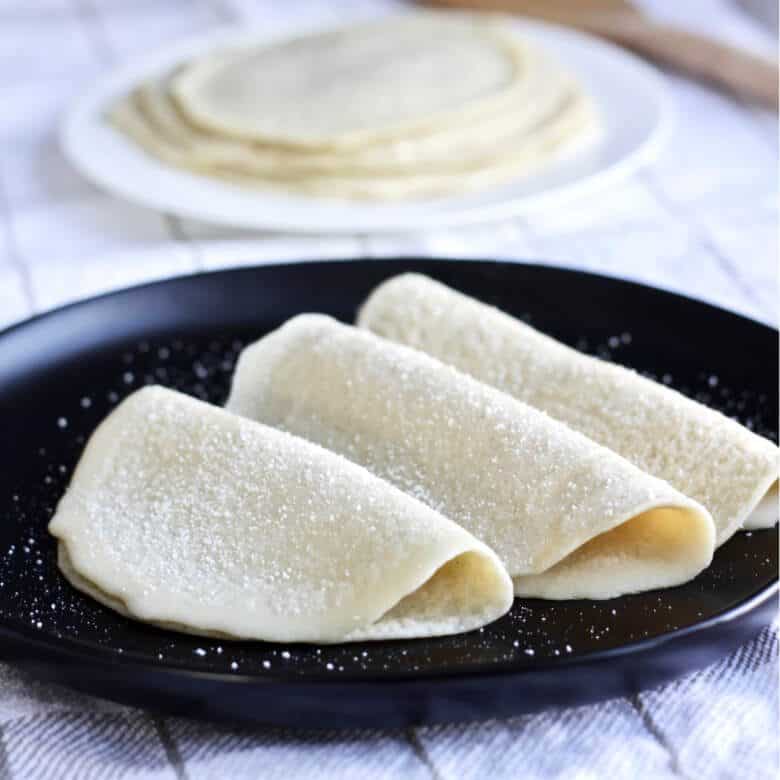
Sweet white rice flour is made from "sticky rice" used in Asian cooking. It's not actually sweet but is higher in starch than white rice flour, so is used in small amounts as a binder.
Sweet brown rice flour simply has the bran and germ attached to the sticky rice before being ground.
Oat
Oat flour is simply ground oats. In fact, you can make your own in a food processor. To be sure that your oats are gluten free, you'll need to use only certified gluten free oats. Oats are commonly cross-contaminated by wheat because they're often grown and processed alongside wheat. I talk more about that on my Start Here! page.
While pure oats are gluten free, some celiacs react to an additional protein in oats called avenin. This is something to be aware of if you find that even certified gluten free oats don't suit you.

Millet
Millet is a small-seeded grass which grows in dry, high-temperature areas of Asia and Africa. It contains higher amounts of fibre and essential minerals than wheat, is brown in colour, and suits sweet or savoury recipes.
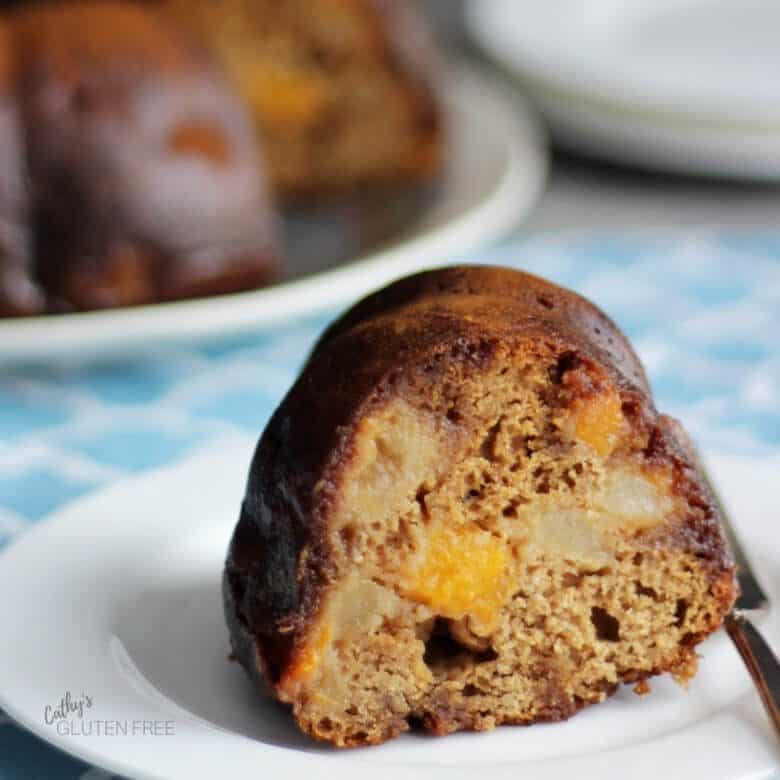
Sorghum
Sorghum is similar to millet but lighter in colour with a neutral, sometimes sweet, flavour. It’s an ancient grain originally from the dry African plains. Also grown in Asia and Central and North America now, sorghum is the fifth most popular cereal crop in the world. It yields a soft, baked product. In India, Sorghum is used to make traditional flatbread and roti.
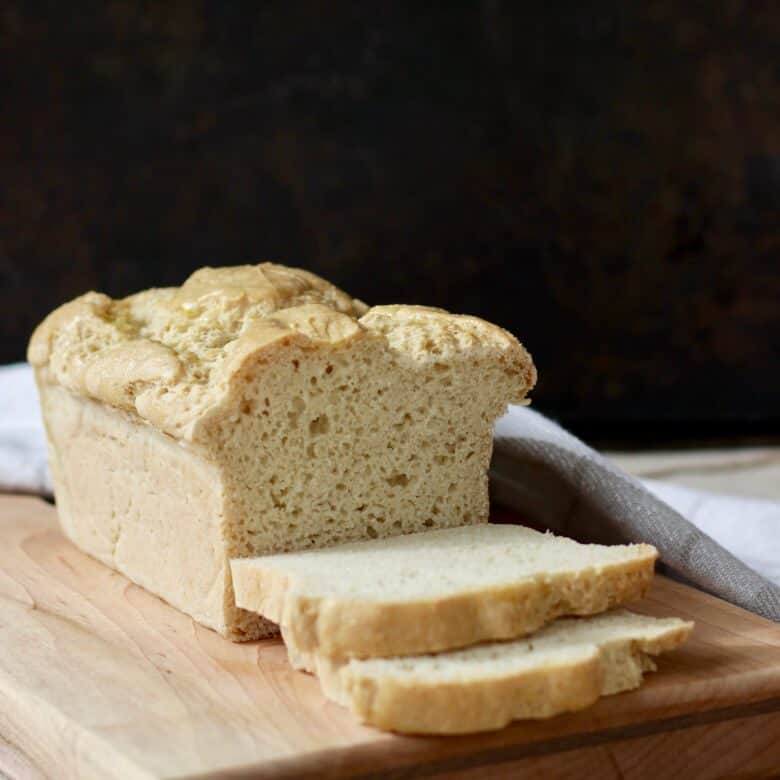
Use sorghum flour in:
Teff
Teff is the world's smallest grain, grown in semi-tropical climates such as is found in Ethiopia and Eritrea. It's used to make injera, a traditional, fermented pancake-like flatbread. The finely textured, nutty flour had a strong, multigrain flavour which I enjoy.
I am currently experimenting with a product called teff flakes. While it's not actually a flour, it does bake into hearty cookies and cooks up well as a hot cereal. Unfortunately, it is not available to the public at the time of this writing.
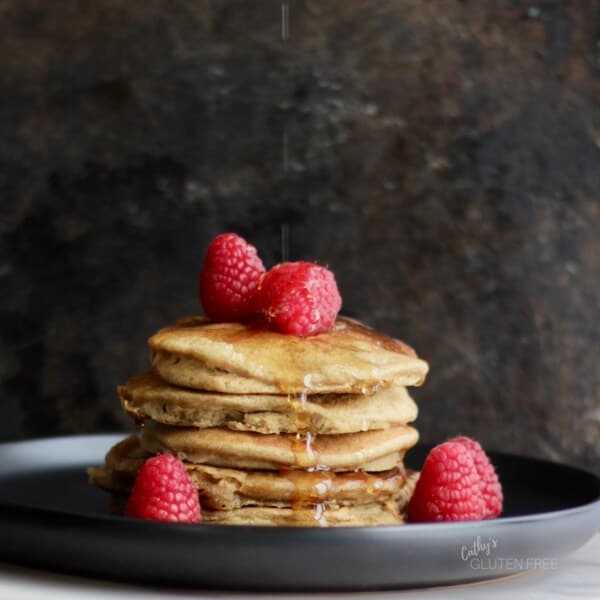
PSEUDOGRAINS
Technically, grains are part of the grass family. Pseudograins are not, but have such similarities to grains in characteristics and uses that they are often considered to be grains.
Quinoa
Quinoa is the seed of a plant in the spinach, chard, and beet family. Originally grown in the South American Andes, the Incas considered it a sacred seed. I like to use both the seed and the flour, because quinoa is a complete protein.
Quinoa flour has a mild nutty or earthy flavour and pale colour suitable for savoury and some sweet recipes.
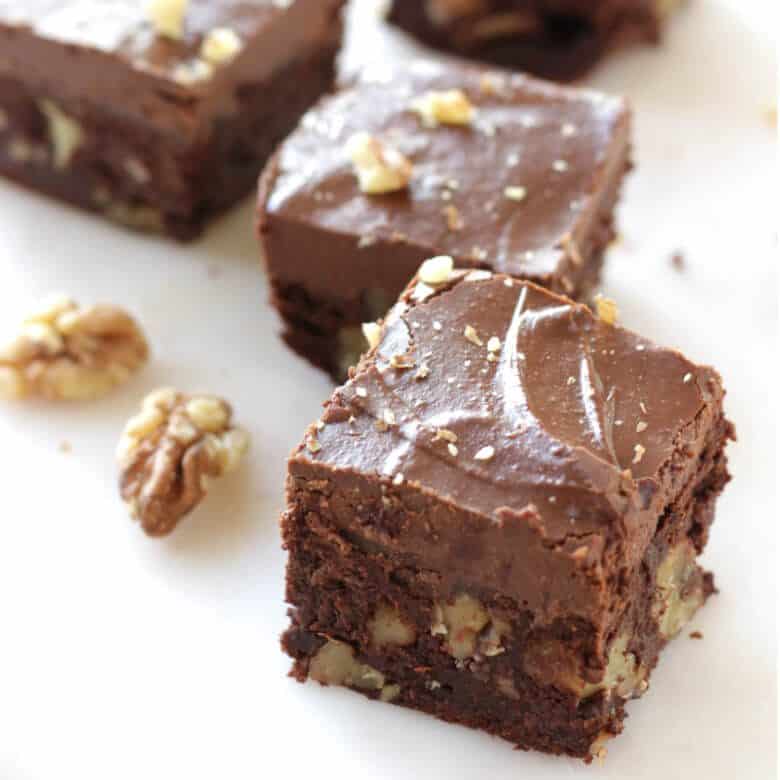
Buckwheat
Buckwheat is related to rhubarb rather than wheat and does not contain gluten. While buckwheat flour may be substituted for wheat flour as far as texture is concerned, the flavour is definitely stronger. It works well in pancakes, but buckwheat pancakes are not the same as wheat pancakes.
Amaranth
Amaranth originated in Peru and was highly valued by the Aztecs in Mexico. Its flour also has a nutty, earthy flavour and is rich in fibre and protein. Use it in small amounts with other gluten free flours for baking and be aware that it tends to brown quickly.
STARCHES
Arrowroot, tapioca, potato, and corn starch can usually be used interchangeably, with an adjustment to quantities, to lighten up heavier flours or thicken sauces. They each work well for thickening gravies and sauces. Arrowroot and tapioca both produce a sort of shiny, gelatinous, stretchy texture, but have the benefit of not being a grain. Some people find any grains difficult to digest.
Arrowroot
Arrowroot flour is a less common gluten- and grain-free powder. It’s made from a starchy substance extracted from a tropical plant known as Maranta arundinacea.
Arrowroot is a versatile flour and can be used as a thickener or mixed with almond, coconut or tapioca flours for bread and dessert recipes. If you want a crispy, crunchy product, use it on its own.
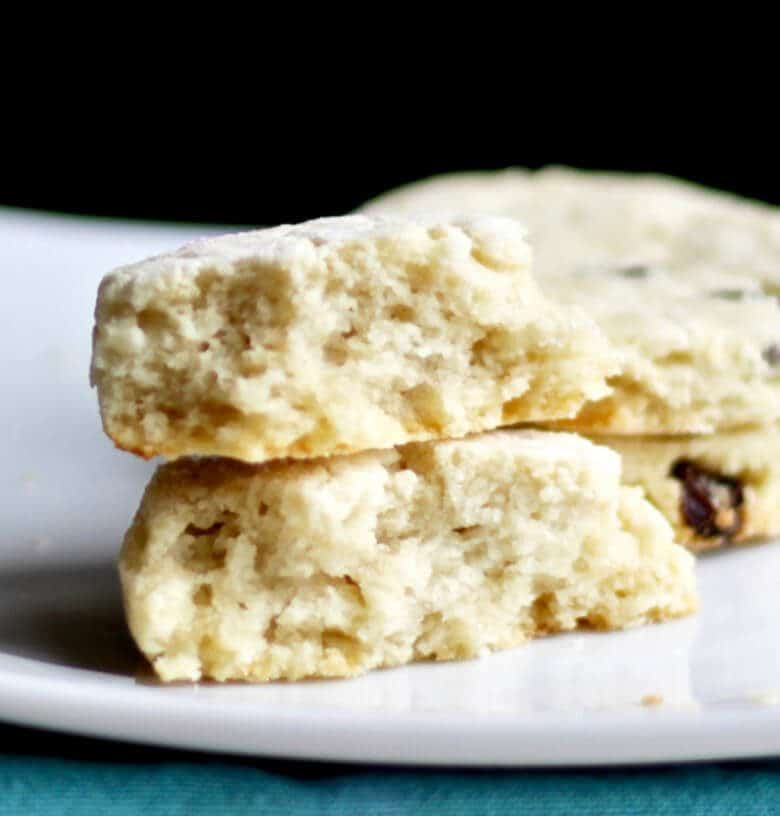
Cornstarch
If you don't have a problem digesting corn, cornstarch is an easily accessible gluten free option for you. I preferred to thicken gravy with cornstarch long before I gave up wheat.
Since corn is often a genetically-modified crop, be sure to choose non-GMO, as well as gluten free, cornstarch. I grew up on a farm where my father grew certified organic oats and barley. Therefore, I do have respect for the certified organic label in Canada, as I know the level of scrutiny required for certification is quite extensive. Isn't it ironic that I can no longer eat either regular oats or barley!
Tapioca
Tapioca flour is made from the starchy liquid extracted from the cassava plant of South America. It has a very fine texture, neutral flavour, and bright white colour. It works well in combination with other gluten free flours for baking. If substituting tapioca flour for cornstarch, use twice as much tapioca flour as you would cornstarch.
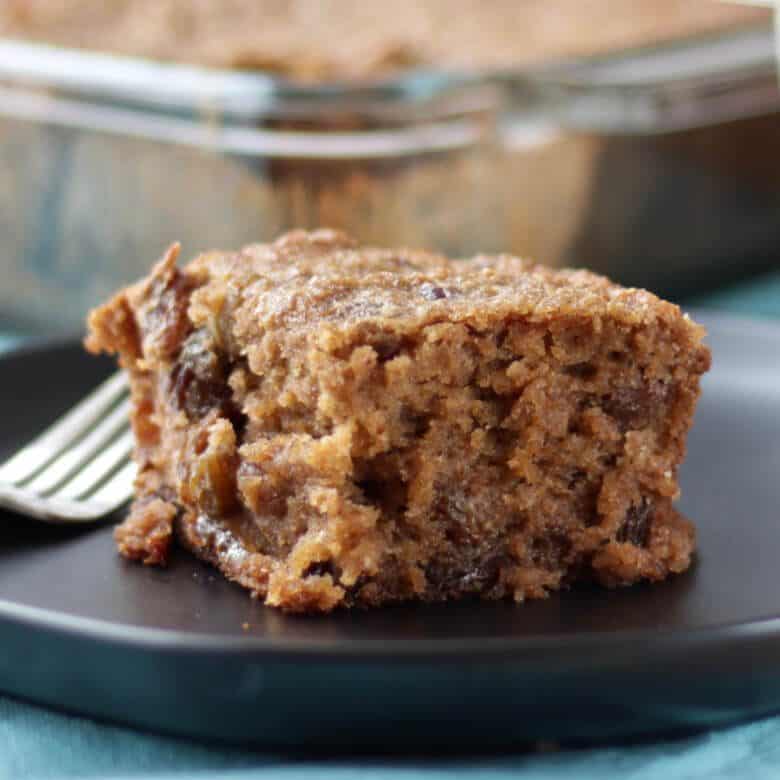
Cassava
Cassava flour is made from the same root as tapioca flour, the cassava or yuca plant native to South America. However, cassava flour uses the entire root whereas tapioca flour is the bleached, extracted starch from the root. Cassava flour must be cooked to neutralize toxins, so make sure that the cassava flour you purchase is made from the cooked root.
Cassava flour has a mild, pleasant flavour very close to neutral.
Use cassava flour in:
Potato Starch
I use potato starch frequently in combination with other gluten free flours. Be aware that it's very different from potato flour.
Potato starch comes from a multistep process of extracting the starch from potatoes., while potato flour is basically dried and ground potato. The two are not interchangeable in recipes.

Tigernut
Tigernut flour is newer to the market than the other gluten free flours but worth considering. It is ground from small root vegetables called tigernuts which grow in north Africa and the Mediterranean. They are not nuts. The flour has a sweet, nutty flavour and is slightly coarser than white wheat flour.
NUT and SEED FLOURS
Nuts flours don't produce the same fluffy baked goods you might be accustomed to, but the results can be delicious! I often like the things I've created with nut flours better than the wheat based ones I used to eat.

Almond
Almond flour is the first gluten free flour that I used extensively. The other gluten free recipes I tried that were supposed to replicate the wheat products I was used to were very disappointing. While the things I baked with almond flour were different in appearance, texture, and flavour, they were delicious!
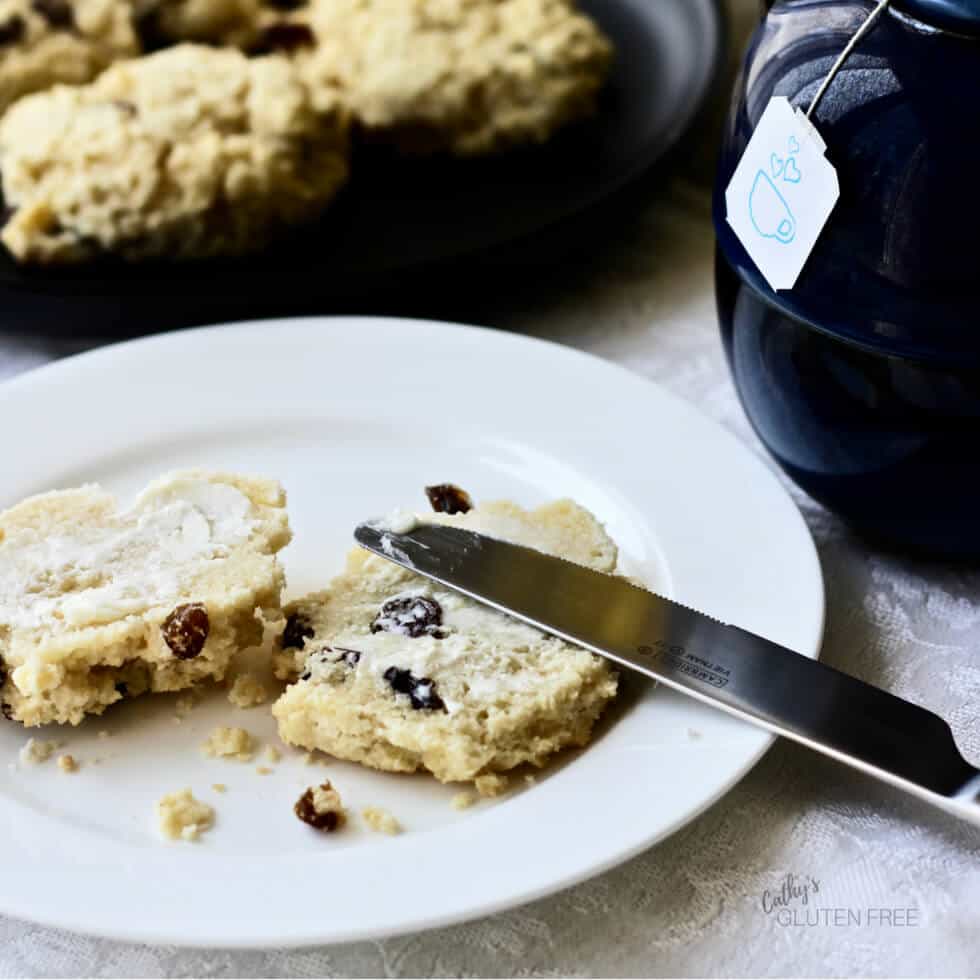
Almond meal is made from ground almonds. Blanched almond flour is generally milled finer and from blanched nuts that no longer have their skins. However, these are not strickly-held definitions from brand to brand.
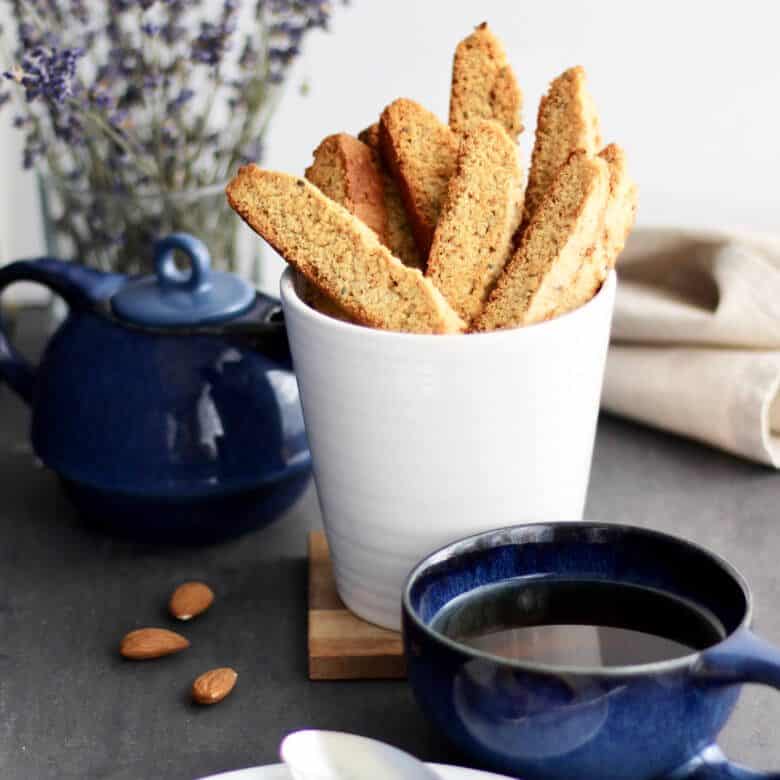
While cakes, muffins, and pancakes made with almond flour are not as light and fluffy as those made with white wheat flour, they are very satisfying and nutritious.
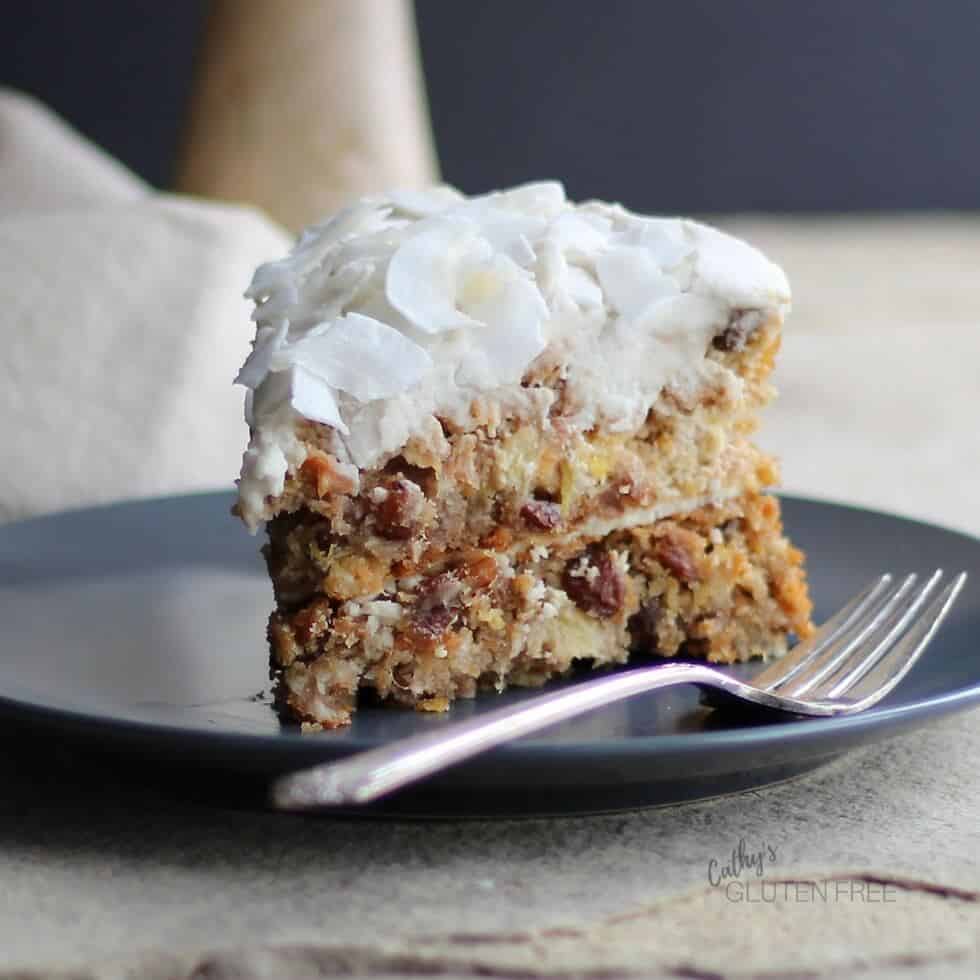
Other Nut Flours
While not as common as almond flour, a variety of nuts can be ground into flours. You could make your own from cashews, walnuts, pecans, pistachios, or hazelnuts. Naturally, the flavours will vary from one nut to another. I'd be interested to hear if you have tried any of these. Feel free to drop me a comment below.
Seed Flours
An alternative to nut flours is seed flour such as sunflower seed meal. You could also try grinding sesame seeds or pumpkin seeds. I haven't done this, but I suspect that sesame seed flour would have a rather distinct flavour better suited to some applications than others.
BEAN AND LENTIL FLOURS
Flour can be ground into powder from dried black, white, lava, garbanzo (chickpea), or soy beans. Some bean flours have a strong flavour, so use them with caution.
Soy Bean Flour
Soy bean flour is mildly flavoured, so I will sometimes use it when I can get an organic product. Like corn, soybeans are usually genetically modified. The certified organic label is my assurance that I'm purchasing a non-GMO flour.
Chickpea Flour (Garbanzo Flour, Gram, or Besan)
Of all the bean flours, chickpea flour is my favourite to work with. It has a pleasant nutty flavour that lends itself well to tortillas, crepes, flatbreads, and pie crust. It also works well for breading vegetables or meat and is a staple of Indian cuisine.
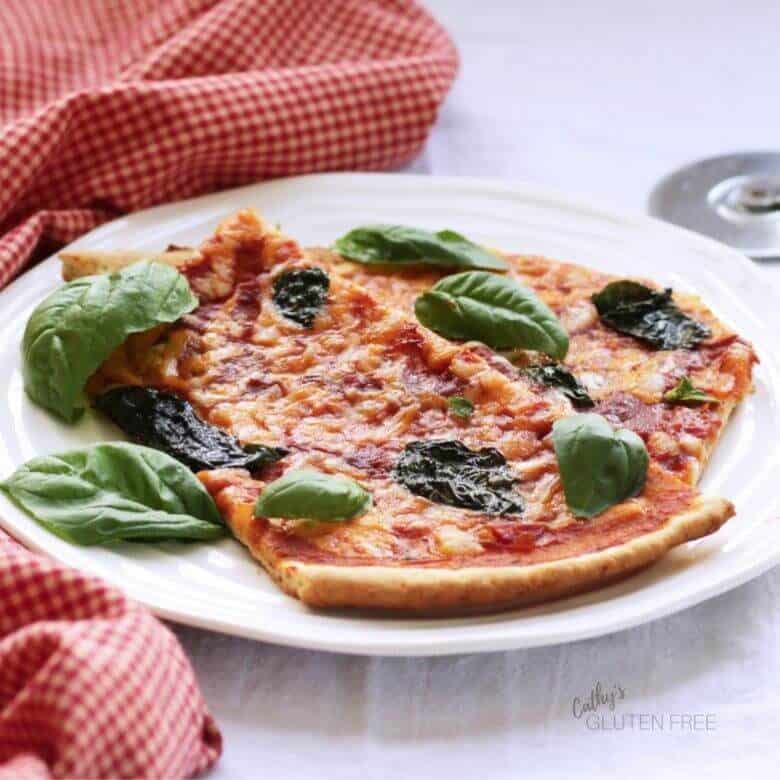
Lentil Flour
Lentil flour is worth mentioning because lentils (especially red ones) lend themselves to grinding into flour at home. Use it for adding protein and fibre to crepes and wraps.
OTHER FLOUR
Coconut Flour
I've placed coconut flour last because it's difficult to categorize. It is certainly not least in importance. In fact, I always keep some coconut flour on hand and use it often.
Coconut flour is made from dried coconut meat and has a mild coconut flavour. It's a good gluten free option for those who have nut allergies.

Coconut flour is unique to work with in that it absorbs a lot of liquid. I recommend using coconut flour in recipes that have been developed for it such as this bread recipe.

Banana Flour
Banana flour is a powder made from green bananas. It is popular for its resistance to the process of breaking down into sugars and its ability to help form good bacteria in the gut.
Banana flour has a light texture and earthy flavour when cooked. Use less volume of it than you would with wheat flour.
Caution with Gluten Free Flours
While each of these flours is naturally gluten free, it's still important for celiacs to check the packaging to make sure that a flour was processed in a separate facility from where gluten is processed. Look for a certified-gluten-free label.

Which are your favourite gluten free flours? Do you use any others that I haven't mentioned? I'd love for you to drop me a comment below. 🙂


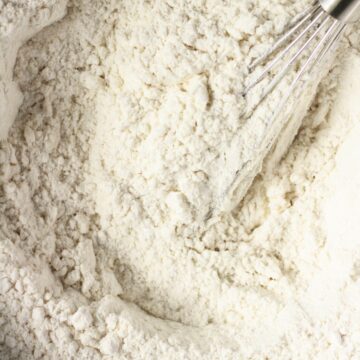
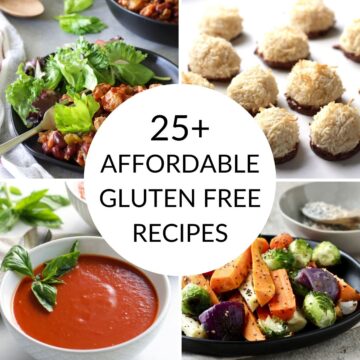
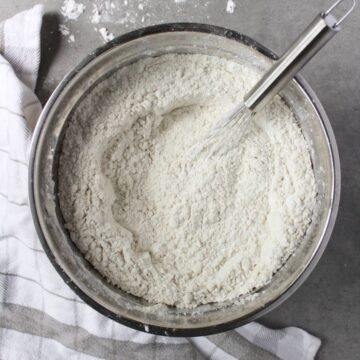
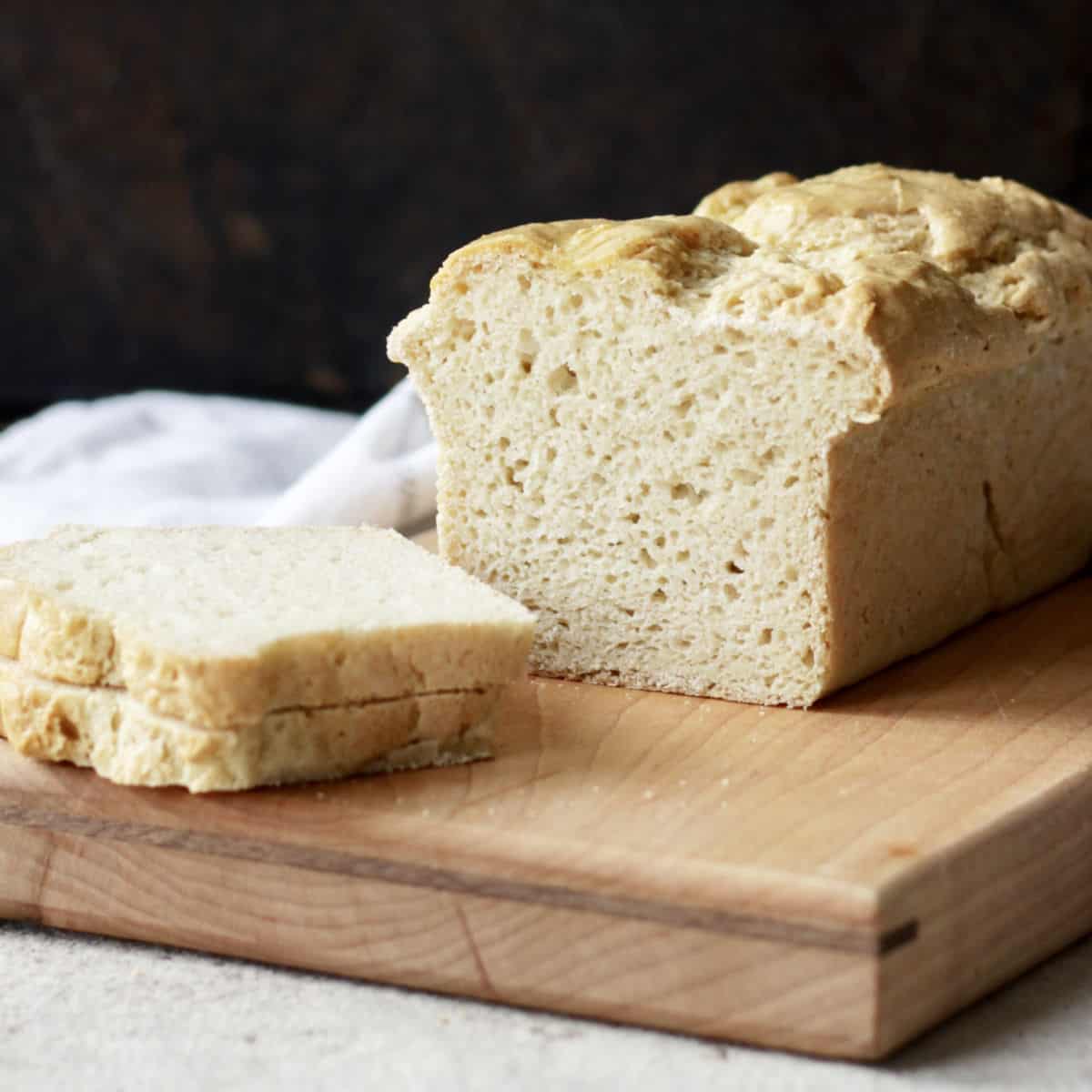
Rebecca says
Thank you for this article! Most of the examples you gave were for baking. I was wondering if you have a preference on which flour to use in say, a pork chop recipe? Or a soup or sauce thickened with flour?
Cathy says
Hi Rebecca! I'm happy to help. Rice flour is good for thickening soups and sauces. Chickpea flour is a nice one for breading something like a pork chop. I hope this is what you're looking for.
Kylie Worthington says
It was very difficult when I first got started with gluten free flours. However, I'm so glad I struggled through because I prefer the gluten free just because it's easier to digest.
Cathy says
Much of the food is actually better, isn't it!
Vanessa says
This is so great, Cathy! I will be referring back to this again because I've been really interested in using gluten-free flours but I'm not that experienced with them.
Cathy says
Thanks, Vanessa! I think that gluten free baking will improve as we become more familiar with the flours.
Anne Lawton says
This is a great resource, thanks for sharing this information
Cathy says
I'm happy to help!
Carol Little R.H. @studiobotanica says
Thanks so much for this wealth of information. I am NOT a baker. I do however, want to learn how to incorporate more gluten-free options in my meals,so this post is a perfect primer for me!
Will be referring to it over and over. Much appreciated.
Cathy says
I'm so happy that you're finding the information helpful!
chihyu says
Love this comprehensive guide. So useful. Thank you!
Cathy says
I'm so happy that you're finding the guide useful. Thanks for stopping by!
STACEY CRAWFORD says
Such a great resource and packed with informative tips. There are so many options and some I have not tried yet. Thanks for doing this.
Cathy says
Thank you, Stacey. There's lots to experiment with!
Jean says
Thank you for such a great guide! There are a few here Ive never tried cooking with before, and I'm excited try them out!
Cathy says
I'm glad you're finding it helpful!
Raia Todd says
Wow! What a comprehensive list. 🙂 I've never tried tigernut flour before.
Cathy says
Thanks, Raia! Isn't it wonderful that there are so many gluten free flour options!
Mary says
This is such helpful guide about all the different options to use instead of gluten! Saving to Pinterest - thanks!
Cathy says
Thank you, Mary! I hope you find it useful.